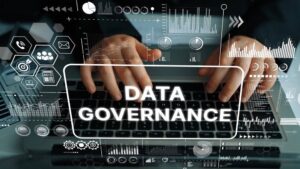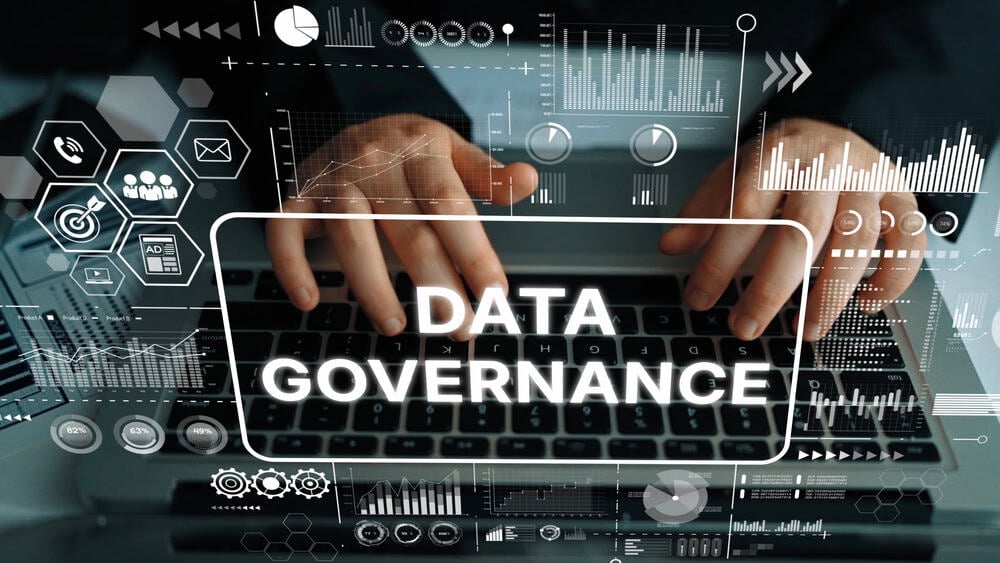
The AI era demands better data systems. Organizations must recognize that yesterday’s tools of governance are holding them back and they must put in the hard work to build something new.
AI is moving at breakneck speed, but many enterprises are stuck in governance systems of another age. Legacy platforms were built to keep assets listed and navigate audits, not to operate at the speed of today’s AI-powered businesses. In today’s environment, where machine learning models, autonomous agents, and real-time decision engines are the norm, traditional governance tooling is no longer enough. If your system was built to track lineage and policies but can’t intervene when data pipelines break, it’s not governing your data — it’s simply writing it down.
How Other Disciplines Evolved and Why Governance Must Too
We’ve seen this story before. Security solutions evolved from reactive SIEM platforms to real-time, telemetry-based XDR architectures. CRM solutions gave way to Customer Data Platforms that personalize interactions in real time. Infrastructure evolved from static servers to dynamic cloud-native environments. In all cases, an evolution towards speed, automation, and intelligent systems was necessary to meet the needs of today. Governance must follow the same path. It has to be embedded, responsive, and capable of executing without human approval cycles.
Static Tools in a Dynamic World
The constraints of traditional governance tools are revealing themselves. A data set can be tagged, cataloged, and policy-compliant, but that is not necessarily current, connected, or correct. Documentation can’t respond to anomalies, identify schema drift, or react to operational problems as they occur. Organizations require governance systems that are a snapshot of what is occurring in real time, not a set of documentation written last quarter. Without it, they have model failures, expensive downtime, and eroded confidence in the data behind their business.
From Compliance to Intelligence
Classic governance has been about showing that the right thing was done. That was a sensible strategy in an audit-and-regulation economy. But AI introduces new vectors of risk — from bias and drift to hallucination and unintended consequences. Compliance alone will not be enough. Organizations need governance systems that identify problems ahead of time, alert decisions in the moment, and facilitate continuous learning from real-time streams of data.
See also: 5 AI Data Security Governance Trends Enterprises Should Keep In Mind
What Kinetic Governance Will Look Like
The future will not be dashboard-dominated. The future will be kinetic — in the ability to adapt, respond, and evolve. These systems will live in the data stack, powered by agents that monitor pipelines, check policies in prod, and raise alarms as threats happen. They will update lineage in real time, enforce data contracts automatically, and report on confidence from live telemetry. They will approach governance not as something being imposed externally but as an inherent part of how data flows are governed and trusted.
The Mindset Shift That’s Long Overdue
The technology exists to make this transition. What’s missing is the mindset. Too many teams are still investing in tools built for a slower, human-first world. But AI changes the stakes. If your systems cannot explain how decisions were made, if your governance tools don’t know when a model was trained on stale data, or if pipeline breakages go undetected for days, you’re not managing your risk — you’re compounding it.
Retiring the Dinosaur, Not Just Replacing It
Legacy governance systems were needed. But in an AI world, they are the chokepoint. Organizations that want to lead must move beyond documentation and embrace embedded, intelligent governance systems that are part of the data infrastructure itself. That means letting go of what no longer drives the mission forward.
The AI era does not demand better models. It demands better data systems. And that starts with recognizing yesterday’s tools of governance are keeping us back — and then putting in the hard work to build something new.
